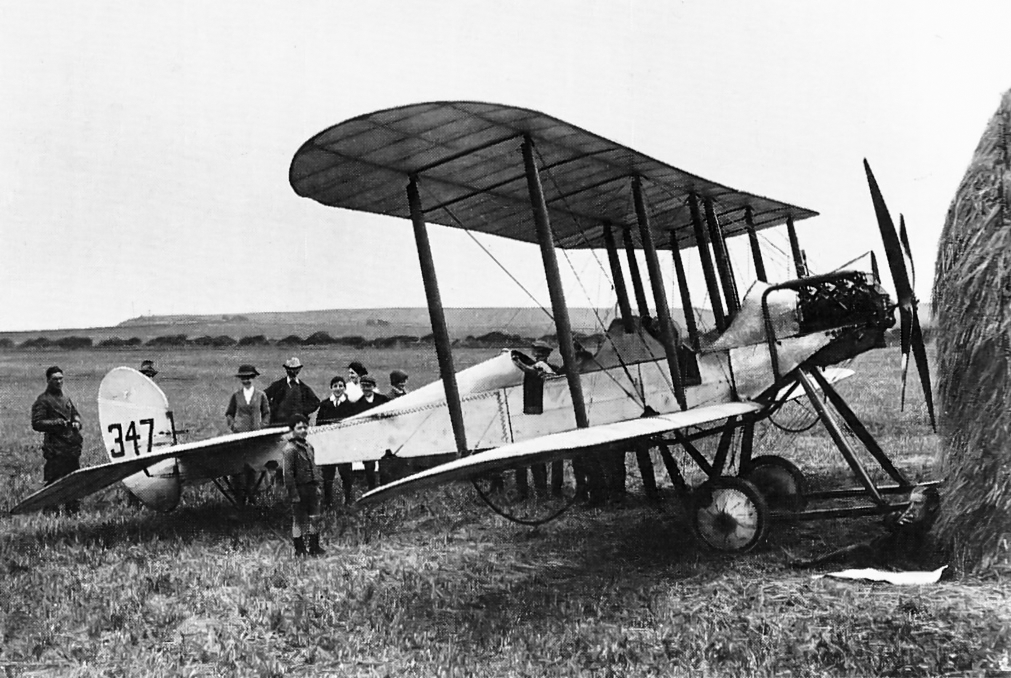He was the hero Angus-based pilot whose biplane was the first British aircraft to land in France during the First World War.
Now the relatives of intrepid pilot Lt Hubert Dunsterville Harvey Kelly will attend the unveiling of a replica of his biplane at Montrose Air Station Heritage Centre.
The replica BE2 is complete after hundreds of hours of work by volunteers and will be unveiled before an invited audience on August 12.
Born in Devon, Lt Harvey-Kelly was based at Montrose which was the UK’s first operational air base and was originally home to the Royal Flying Corps’ No 2 Squadron.
Although his squadron took off from Montrose on August 3 1914 for Farnborough they were scattered by bad weather and Lt Harvey-Kelly damaged the undercarriage of his BE2a (347) whilst landing at Kettering.
He abandoned his aircraft and was assigned BE2a (471) from the central flying school, eventually arriving in Dover on 9 August 1914.
His historic flight was on August 13 1914 from Dover to Amiens in one hour 55 minutes which was the first RFC aircraft to arrive in France.
“I grew up knowing about the flight from Montrose to Amiens my great uncle, Lt Harvey-Kelly of No 2 Squadron, made in 1914, when he became known as The First In France,” said the aviator’s relative Myles Harvey-Kelly, who lives in Bristol.
“I’ve always had a keen interest in fight and, when my children were little, I took them to the Imperial War Museum, where a plaque to Lt Harvey-Kelly was on display alongside a BE2 aircraft.
“However, it was only over the last 10 years or so that I started researching Lt Harvey-Kelly’s life, which is how I got in touch with the team of volunteers who run Montrose Air Station Heritage Centre.”
Myles is being joined on his visit to Montrose Air Station by his son, who shares his interest in aviation and is a qualified glider pilot.
He said: “It will be fascinating to see the other vintage aircraft in the hangars, and the Spitfire at the gate, to visit buildings which our famous relative would have known, to walk across the remains of the airfield he flew from, and to spend time in the town he would have flown over on his way to France, where Lt Harvey-Kelly would later lose his life in a dog fight.”
Lt Harvey-Kelly was eventually shot down during Bloody April near Arras in France aged 26 and died of head wounds in a German hospital in 1917.
The roll-out event which will feature the unveiling of the replica of Lt Harvey-Kelly’s BE2 will also be attended by other relatives of pilots who were based at Montrose Air Station in its early days, including Simon Burke, grandson of Major Burke, the Commanding Officer of No 2 Squadron in 1914.
The ceremony is to be strongly supported by the RAF and a contingent from today’s No 2 Squadron will be in attendance, along with other RAF representatives.










